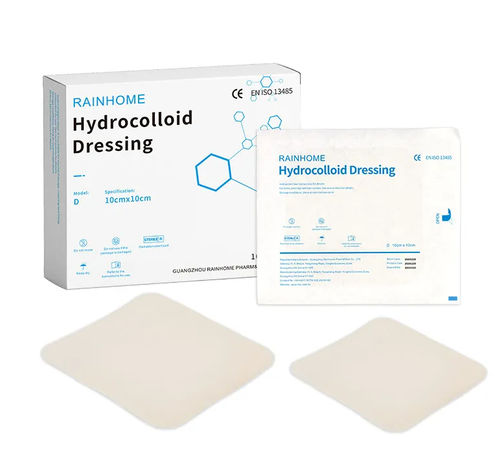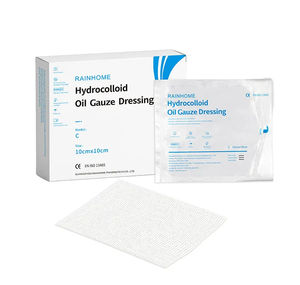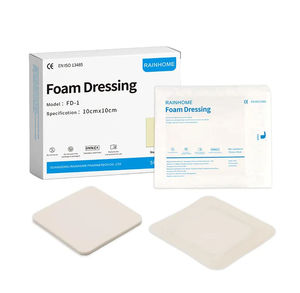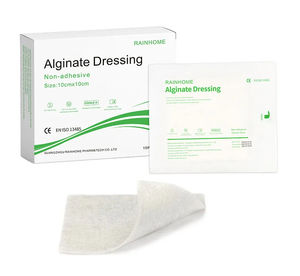
- Medical Consumables
- Healthcare and diagnostic consumables
- Polyurethane wound dressing
- Guangzhou Rainhome Pharm & Tech
Polyurethane wound dressing hydrocolloid

Add to favorites
Compare this product
Characteristics
- Composition
- polyurethane
- Option
- hydrocolloid
Description
Hydrocolloid dressing mainly consists of polyurethane film base material, hydrocolloid layer and release paper. Irradiated and sterilized for single use.
Scope of application: It is mainly used for the prevention and treatment of chronic wounds such as pressure sores, decubitus ulcers and venous ulcer wounds.
It is also suitable for body surface wounds with mild to moderate exudation, such as: first and second dregree burns, phlebitis, skin donor area, post-operative wounds and abrasions and cuts.
Product introduction
Hydrocolloid dressing is a new class of dressing developed under the guidance of wet healing theory Wound dressing. It can be used for the treatment of many types of wounds, especially for chronic hard-to-heal wounds. The characteristics of hydrocolloid such as liquid absorption and self-adhesion make it ideal for the treatment of chronic wounds. The characteristics of hydrocolloid such as liquid absorption and self-adhesion make it meet the basic requirements of an ideal dressing, i.e. to protect the wound and provide a suitable environment for wound healing. provide a suitable environment to promote wound healing and easy removal without damaging new tissue. It is easy to remove without damaging new tissue.
VIDEO
Catalogs
No catalogs are available for this product.
See all of Guangzhou Rainhome Pharm & Tech‘s catalogsOther Guangzhou Rainhome Pharm & Tech products
Medical Wound Dressing
*Prices are pre-tax. They exclude delivery charges and customs duties and do not include additional charges for installation or activation options. Prices are indicative only and may vary by country, with changes to the cost of raw materials and exchange rates.










